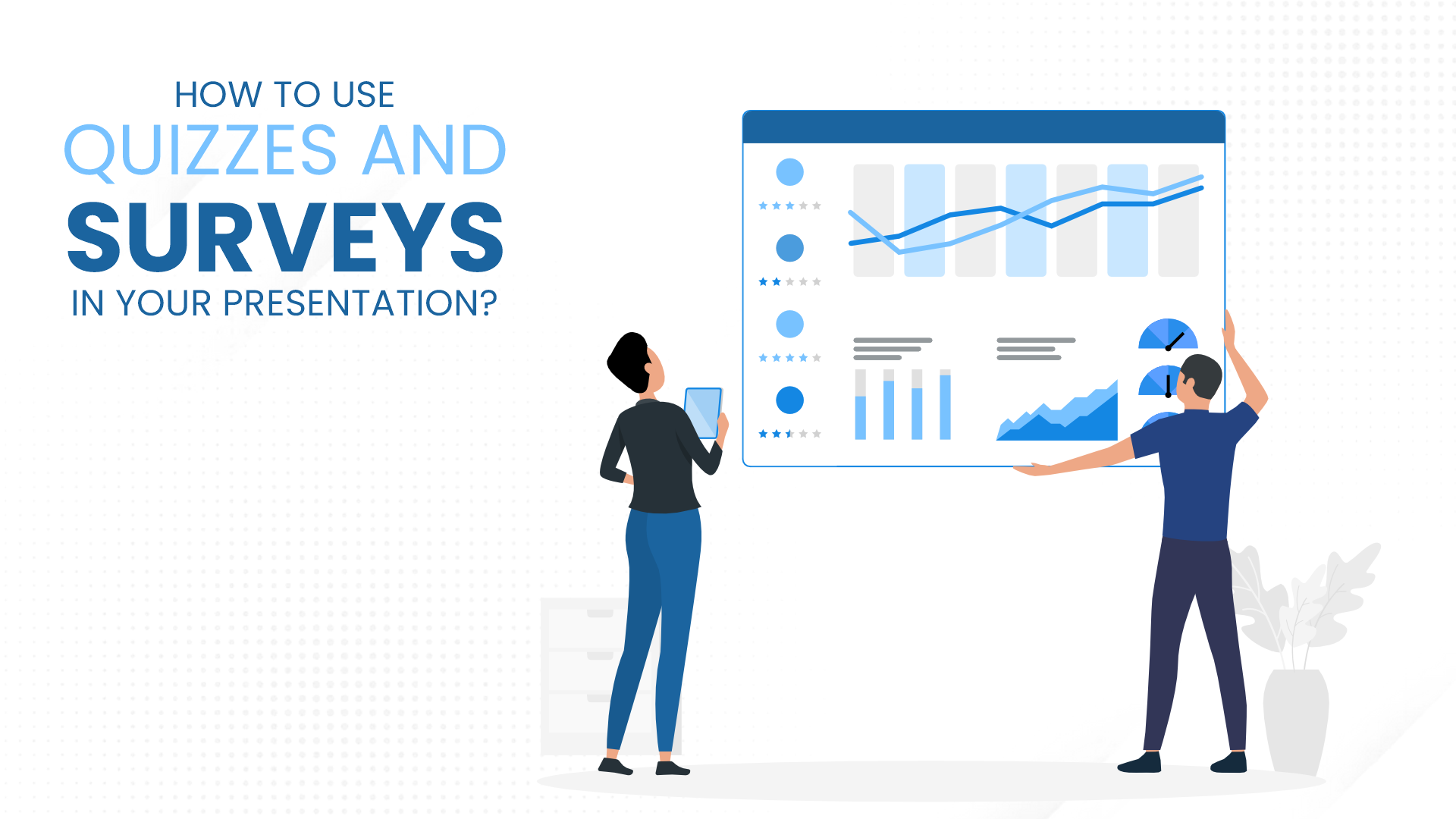Combine ABM and Inbound Marketing to Achieve Powerful Results
Account Based Marketing (ABM) is a concept marketers have been architecting and implementing for a few decades now, and it is highly effective for your known customer accounts to whom you wish to sell your products and services. ABM is a highly targeted strategy where Marketing and Sales teams collaborate to develop deeply customized experiences for individual customer accounts. With this strategy, they create a plan that outlines the entire journey, from prospect to closed-won opportunity, for a specific set of buyer accounts. The challenge is that these ABM tactics are restricted to that small set of clients to whom you are focusing all of your marketing efforts in order to win sales; it’s not scalable across your entire account base all at once.
Inbound Marketing efforts are similar in that they focus on creating the same customized experiences, but differ both in the ability to scale and audience targeting approach. Inbound Marketing concentrates its efforts on a broader approach to generating leads and sales by attempting to engage as many customers as possible through high-quality content and experiences. The goal is to provide intuitive, valuable, and tailored answers to a wide range of customers’ needs that encourage them to make a purchase through concentrated nurture and outreach tactics.
Marketers often face the conundrum of “Do I focus on my contacts or do I focus on my customer accounts?” Typically, these are regarded as two very different approaches that do not intersect and require equally large amounts of effort to accomplish. Marketers only have so many hours in a day or week to meet business goals and KPIs, so where do we focus?
How do I choose between Inbound Marketing and ABM?
The reality is that there are more similarities in how we should approach ABM and Inbound Marketing than there are differences. It’s all about deeply understanding your target audience and clearly mapping and refining offers and content to the buyer journey. In short, you don’t have to choose! In fact, combining Inbound Marketing and ABM produces even higher results than either strategy alone.
Some of the primary strategies marketers use for Inbound Marketing are:
- Creating educational videos, infographics, and white papers to promote via email campaigns, syndicated content, and digital ad placements
- Writing blog posts and thought-leadership content with relevant topics appealing to audience segments by industry vertical, job-level, expressed interest, etc.
- Producing webinars and/or events to educate and promote products and services
- Sharing content on social media channels, both widely targeted and directed to specific audience segments
- Optimizing the company’s website and SEO keywords for organic search to streamline findability and content consumption
- Utilizing conversational marketing tools such as chatbots, AI-guided Q&A on websites, SMS interactions, social media engagement, etc.
The power of combining traditional Inbound Marketing and ABM strategies comes in the economies of scale. You can use your valuable marketing dollars to create content to reach a wide audience and drive leads into the funnel based on both explicit hand-raisers who ask for a sales call and implicit candidates who show their interest by interaction with your messaging. Then, instead of having to re-create content for your ABM target audience, you can hyper-personalize that same content for your Sales team to engage in:
- Direct sales promotion via social media or sales engagement tools
- Company/contact-personalized educational content packages through content intelligence platforms like PathFactory, Uberflip, Folloze, etc.
- Virtual or in-person high-touch events focused on a single account
- Targeted email and digital ads or even “old-school” direct mail campaigns
How can Inbound Marketing and ABM work together?
Let’s explore a hypothetical scenario of how you can harness Inbound Marketing to accelerate your ABM efforts. As part of the marketing communication plan for the year, Inbound-ABM Company has scheduled a webinar this quarter discussing a leading issue or problem that the company’s product and services helps to solve. A well-recognized industry expert is slated to speak to the issue and webinar promotions are underway with all the usual Inbound Marketing tactics: a multi-touch, industry, and interest-targeted email campaign to their known contacts, promotional ads on industry content sites, and they’ve even provided an incentive by offering a small gift card to all attendees who join the webinar. Through these efforts, Inbound-ABM Company is well on its way to a healthy audience.
The ABM Sales and Marketing engine now revs into action. Inbound-ABM Company’s ABM efforts are concentrated around 10 targeted customer accounts. The Sales team knows these company contacts intimately and begins their personalized outreach. First, the sales reps take a sales-outreach version of the webinar invitation, personalize it with their own message, and email it to each of their contacts, inviting them to attend the webinar. They monitor engagement with this email and follow up with phone calls to those contacts who have not responded. Additionally, they reach out to one or two of their key accounts to offer a speaking role on the webinar panel to discuss the industry issue from their business perspective. For those who have registered for the webinar, the sales rep makes an additional personal contact, asking for specific questions the customer would like answered during the session.
After the webinar, Marketing and/or Sales creates account-personalized content pages on Inbound-ABM Company’s content platform, and Sales sends out individual messages directing contacts to their curated content hubs. Lastly, Marketing has employed the webinar’s industry expert to hold advisory sessions with each of their ABM target accounts. Sales follows up once again with an official invitation to set up a personal consultation meeting.
Through this combined Inbound and ABM approach, the company attracts many leads that can be qualified and added to the funnel for additional marketing, nurturing and/or inside sales follow-up. And while the standard Inbound Marketing engine is working, the hyper-focus on the targeted accounts is producing results by deepening the relationship with your brand, providing personalized value, and ultimately, accelerating the deal cycle.
How do I get started?
Sounds like marketing nirvana, right? The next question that likely comes to mind is: “Where do I start?” And honestly, the answer is that you start with the same strategies you use today for your traditional digital marketing efforts. With a combined Inbound Marketing and ABM strategy, you first:
Identify Your Audience
- Who are you targeting?
- e.g., industry, job title, stated or inferred interest
- What demographic attributes are relevant?
- e.g., company size, location, employee number, annual revenue
- What buyer personas are relevant?
- What marketing channels are you planning to use?
Now expand that line of questioning to ABM by taking that same audience and categorizing them by how you plan to communicate with them:
- ABM-only audience: your short list of targeted accounts and contacts that you plan to engage with highly personalized tactics; your major, top-tier account list that may be defined by your business leadership as accounts they desire as customers
- Hybrid audience: all contacts/accounts that fit your ideal customer profile; a more thorough account list that may include some accounts identified in your ABM list but will also include accounts that will be targeted by other marketing tactics
- Inbound-only audience: those contacts/accounts that either A. do not meet the ideal customer profile, but are still valuable marketable contacts or B. do not have enough demographic or behavioral information available to determine ideal fit
Once you have your audience determined, you will want to ensure that you are speaking to the correct decision makers with compelling content that resonates with their unique interests. You will want to:
Develop Your Messaging
- Take the time to align use cases and messaging to your buyer personas, funnel stage, and contact pain points.
- E.g., create messaging around cost savings and efficiencies when speaking to finance targets; center around ease of use, integration advantages, and stellar customer support when talking to IT contacts, etc.
- Create your dynamic content snippets (and let your marketing automation platform do the heavy lifting on delivering these content variations!)
- Design your campaign(s), related assets, and ROI goals
Now that you know what you’re going to send and have tailored it to your audience, the fun really begins! It is time to:
Engage Your Audience
- Deploy your campaign(s) to your Inbound Marketing audience
- Partner with Sales to align on responsibilities for the ABM portions of the campaign and set a meeting cadence to review campaign progress
- Equip Sales with ready-to-send messaging to help jump start conversations with their target accounts as well as post-conversation, personalized content to use as follow up communications
Once the campaign deploys, we cannot overlook the last, but critically important step:
Measure Your Results
- Monitor and report on metrics for your Inbound Marketing campaign weekly
- Ensure minimum KPIs are being met, and if not, adjust your campaign accordingly with digital marketing levers available to you
- Monitor and report on key ABM KPIs such as deal creation, deal velocity, account penetration (net-new contacts discovered), deal size, etc.
- Ensure minimum KPIs are being met, and if not, work with Sales to uncover alternate ABM strategies to deploy
- Iterate, iterate, iterate!
With an ABM-only strategy, your target audience is so narrow that you may completely miss some truly great leads for your business. On the other hand, only using Inbound Marketing strategies means that you could be ignoring that high-touch, personal connection that often leads to the biggest sales wins from your advocate-level customers. By combining the two, you are accelerating the power of your funnel to attract and nurture your wider prospect base as well as your most-valuable target accounts. Additionally, with a combined Inbound Marketing and ABM strategy, you can substantially increase the power of your content without having to double the spend. This can be accomplished by carefully planning and designing your content to be broad enough to appeal to those prospects still in the early to middle stages of your funnel while also having enough detail and specifics to be relevant to your deeply targeted audience.
Need help harnessing the power of a combined Inbound Marketing and ABM strategy? Reach out to our experts today. We are here to help!
Thank you for subscribing!





